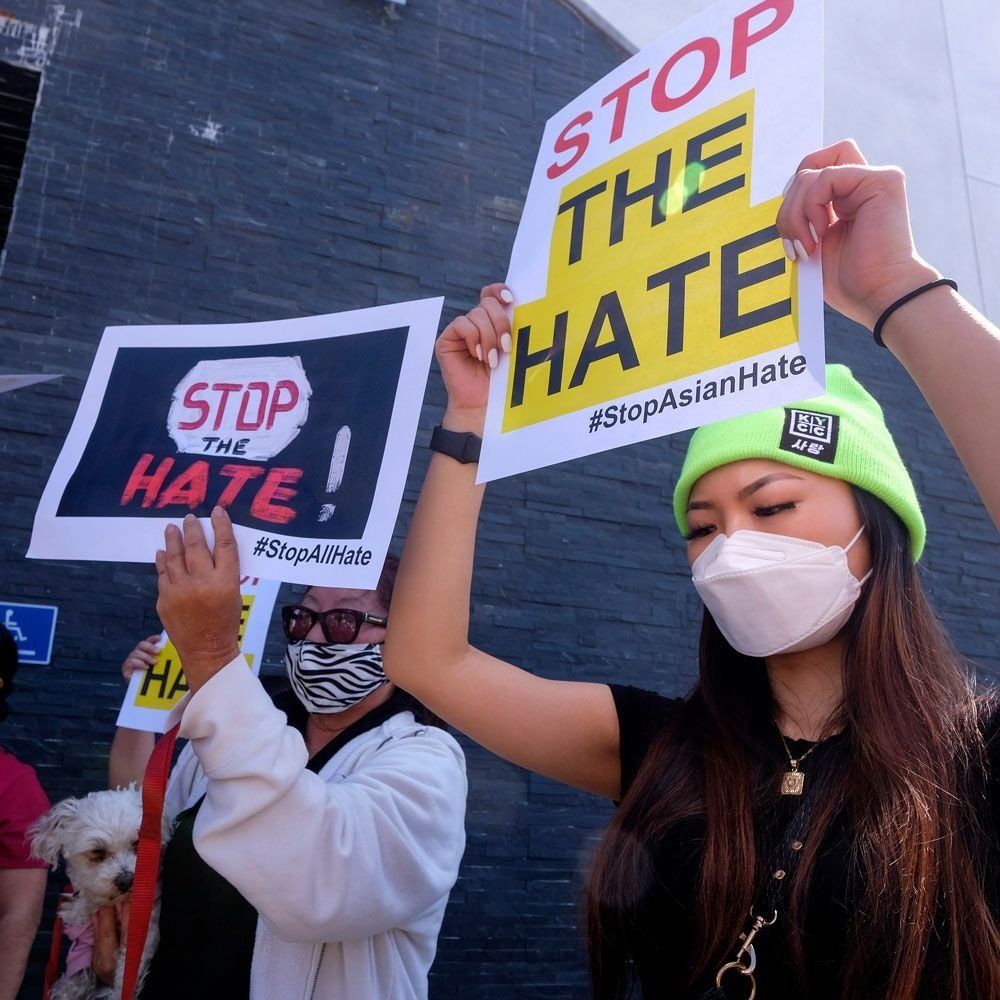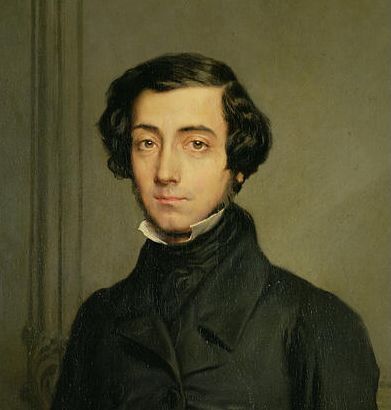Anti-Asian Hate and Drucker’s Functioning Society
PUBLISHED:
Drucker’s entire body of work is based on the concept of a functioning society that allows individuals to have their own aspirations while still being part of a larger community. In Drucker’s language:
Social status and function of the individual is the equation of the relationship between the group and the individual member…It thus makes comprehensible and rational individual existence from the point of the group, and group existence from that of the individual.

The recent increase in anti-Asian speech and actions illustrates the dangers of discrimination and scapegoating, noted by Drucker in 1942:
Lack of social status and function, and absence of a functional relationship between society and individual are at the bottom of every persecution of minorities which either are without social status and function — that is, not integrated into society (like the Negro in America) — or are made the scapegoat for the lack of integration in society (like the Jew in Nazi Germany).
The pandemic has unleashed a barrage of anti-Asian hate speech and violence. The uncertainties surrounding the origins and nature of the novel coronavirus engendered fear and panic, fueled by racist rhetoric used by political leaders. As the Trump administration referred to the virus as the “China virus,” Kung Flu,” and “Wuhan Flu,” anti-Chinese posts and sentiments exploded; digital expressions of hate spilled over into actual acts of violence against Asians. The Center for the Study of Hate and Extremism found that anti-Asian American hate crimes reported to the police in 2020 increased by 149 percent over the number reported in 2019. This figure does not include those incidents that went unreported. Nor does it reflect more subtle forms of racism and discrimination. Kurt Bardella, a Korean American, discusses the implicit bias of white Americans asking Asian Americans the question, “Where are you from?” (https://www.latimes.com/opinion/story/2021-03-22/op-ed-the-question-every-asian-american-hates-where-are-you-from). This kind of “othering” of Asians has a very long history in the United States.
Initially, discrimination against Asians in America involved excluding Chinese and other Asians from becoming Americans. The Chinese Exclusion Act of 1882 created the first class of people forbidden to enter the country legally. In the 1800s, Chinese immigrants, primarily single men, came to the United States to escape unstable political conditions and for economic betterment. Drawn to the West by the Gold Rush of 1849, they were also the primary source of labor for building the nation’s network of railroads. Once railroad construction was completed in the 1870s, Chinese laborers fanned out to other regions of the country seeking work and white Americans viewed them as low-cost competitors. In 1882, Congress passed the Chinese Exclusion Act, which specifically prevented Chinese from entering the United States legally. The law was renewed in various forms until 1943. Because Chinese immigration had been so drastically limited for over a generation, this ethnic group was a true minority and stigmatized as unassimilated and un-American. Chinese American participation in the war effort after Pearl Harbor dramatically changed public sentiment, and the repeal of the Exclusion Act allowed limited Chinese immigration and some Chinese Americans to become naturalized citizens for the first time.
Other Asian ethnicities suffered discrimination as America began to develop its theories of scientific racism and eugenics. The pseudo-science of race theory dates back to the mid-1800s, when America was debating the issue of slavery. As immigration to the country increased in the late 1800s and early 1900s, scientific racism was similarly applied to various ethnic groups to evaluate their fitness for assimilation into American society. What began as a reaction to a specific ethnic group’s perceived economic threat grew into a full-blown racial argument of inferiority. More and more Asian ethnics were deemed as “racially unsuitable” for citizenship because of their sub-human status. The Supreme Court case of Takao Ozawa is a case in point. Ozawa was born in Japan, but emigrated to the United States, attended the University of California, and became a successful businessman with a family. In 1922, Ozawa pressed his case for citizenship, arguing that not only did he model American values, but his skin was whiter than that of most Europeans According to U.S. law at the time, “free white persons” and people of African descent could be citizens. Ozawa was making a racial argument for citizenship because, given the status of the law, he had no other choice. The Court ruled against Ozawa, citing race theory and noting that Ozawa was “clearly of a race which is not Caucasian.” This ruling set the stage for further legal wrangling over racial identity, and the eventual passage of the Immigration Act of 1924, which essentially banned all immigration from Asia. Asian ethnics were deemed racially unfit to become Americans. It was not until 1952 that Congress struck down the Asian exclusion acts, finally allowing most Asian ethnics to become eligible for United States citizenship.
Just 100 years ago, the majority of Americans viewed Asian ethnics with suspicion and fear. Some of this suspicion and fear was driven by economic factors, but the history of excluding Asians from not just the American character but the human family itself weighs heavily. Perennially viewed as “other,” even when living a model American life as Ozawa did, Asians faced a life apart from society, where no matter what, their existence was at best tolerated if not threatened. Peter Drucker warned of the dangers of having individuals without status and function. A functioning society requires individuals to have a place in the larger community where they have meaning and can achieve their own dreams and sense of purpose. If society does not provide this, and excludes a group of people, those people become outcasts or even more of a threat. In Drucker’s words:
The asocial, uprooted, unintegrated individual appears not only as irrational but as a danger; he is a disintegrating, a threatening, a mysteriously shadowy force. It is not coincidence that so many of the great myths — the Wandering Jew, Dr. Faustus, Don Juan — are myths of the individual who has lost or repudiated social function and status.
Yesterday’s Asian Americans, forced into enclaves by the necessity of economic survival and physical protection, not to mention cultural relevance, became stereotyped as “unintegrated” and “threatening.” The “coolie” laborer and the Japanese businessman could never become American because they had no social function or status (other than to represent a perceived inferior species).
Today’s Asian Americans may enjoy significantly more legal protections and representation in society, yet many still see them as “from somewhere” other than America. Suspicions and fears surrounding the COVID-19 outbreak have been projected onto the Asian community, with hate and discrimination now aided by social media and the explosion of white supremacy movements and their followers. Americans no longer explicitly embrace the pseudo-science of race theory, but the remnants of that thinking remain in the verbiage of “Kung Flu,” “Where are you from?”, and the persistent stereotype of Asian women as objects of illicit sexual pleasure. If we are to have a functional society that aligns with the ideals of Management as a Liberal Art, there is simply no room for this kind of thinking. Human beings are all part of the human family, and are all deserving of dignity, status, and function.





